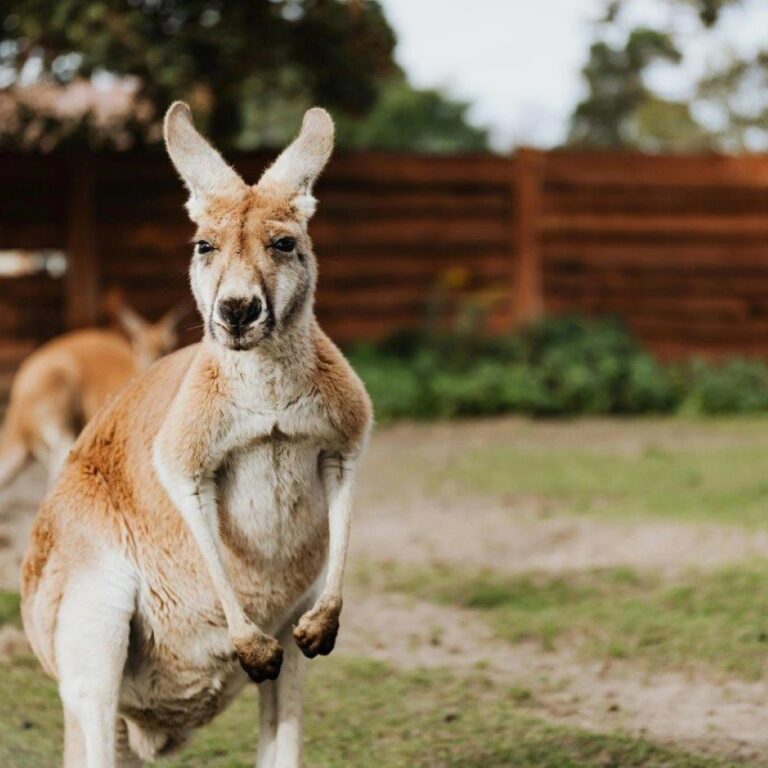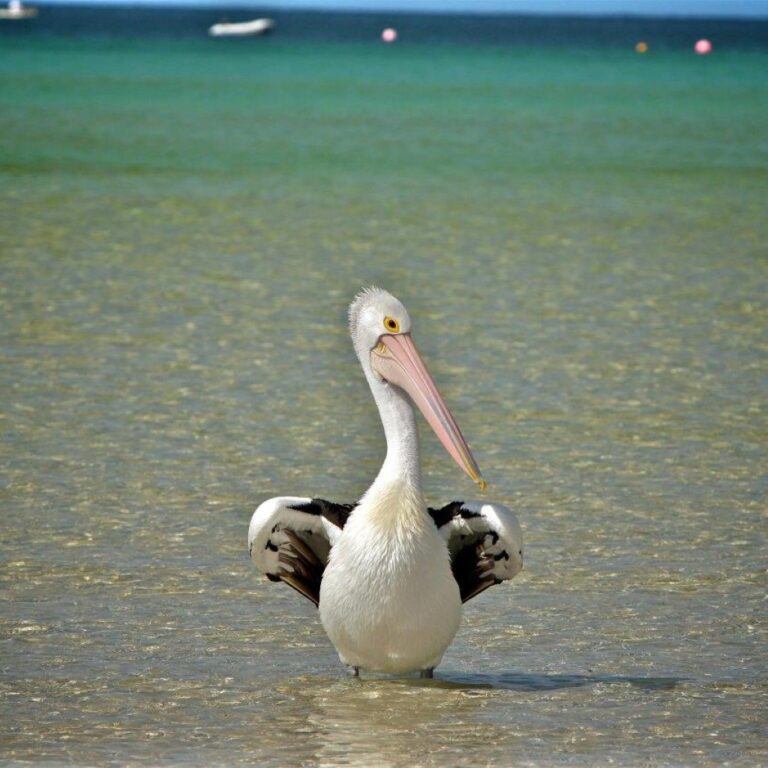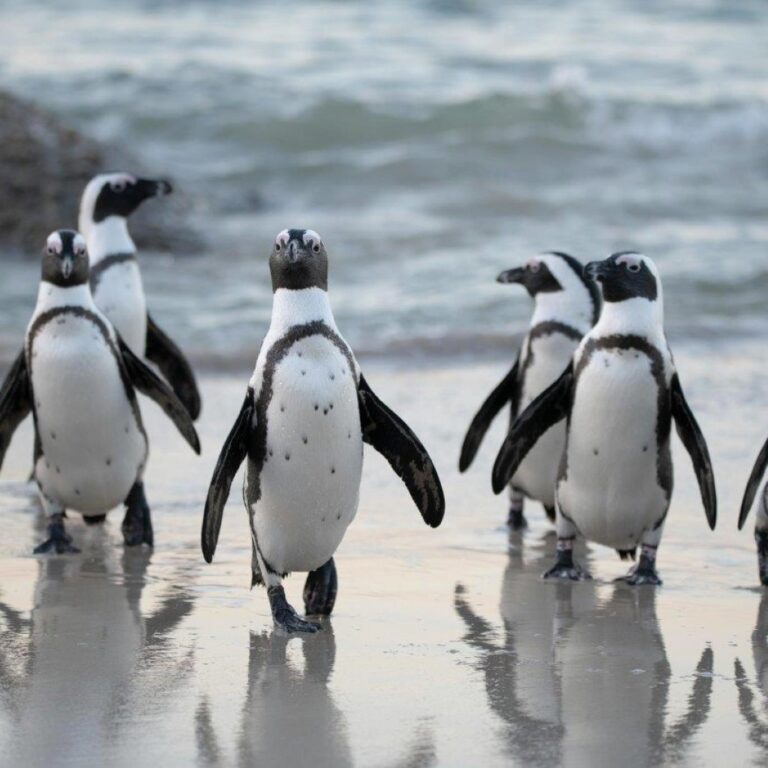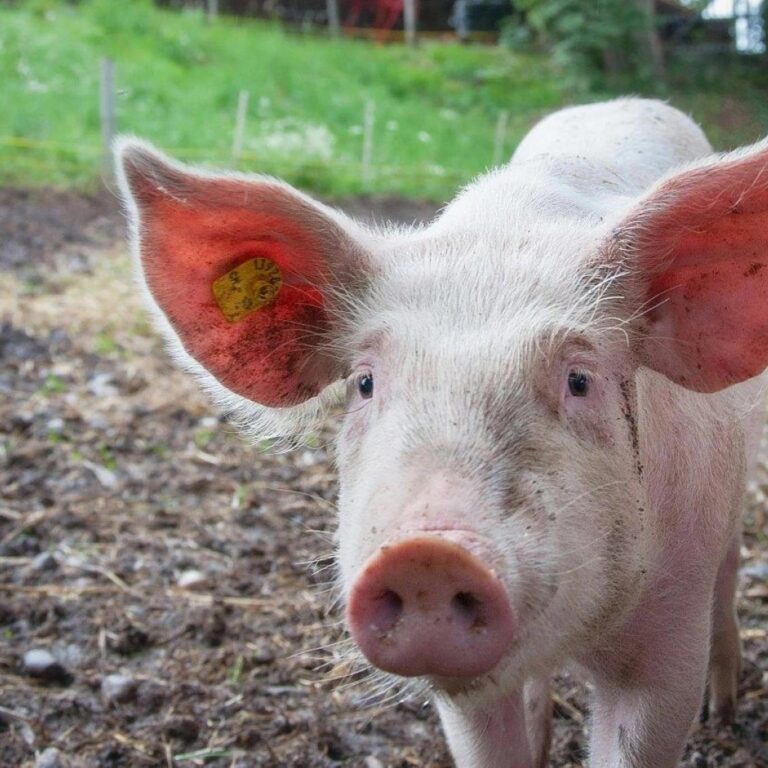They are marsupials, meaning they carry and nurse their young in a pouch. The baby kangaroo, called a joey, is born extremely small and undeveloped, and it crawls into the mother's pouch to continue growing.
There are four species of kangaroos: the red kangaroo, the eastern grey kangaroo, the western grey kangaroo, and the antilopine kangaroo. The red kangaroo is the largest and most well-known species.
They are the only large animals that use hopping as their primary means of locomotion. Their strong hind legs and large feet allow them to cover up to 25 feet in a single bound and travel at speeds of up to 35 miles per hour.
Kangaroos have a unique method of conserving energy while hopping. Their tendons act like springs, storing and releasing energy with each hop, allowing them to cover long distances with minimal effort.
A group of kangaroos is called a mob, troop, or court. These groups can range in size from a few individuals to several dozen, depending on the availability of food and water.
Males are known as 'boomers,' while females are called 'flyers.' Males often engage in boxing matches to establish dominance and win the right to mate with females.
They are herbivores and primarily feed on grasses, leaves, and shrubs. Their specialized teeth are adapted to grinding tough vegetation, and they have a chambered stomach for fermenting and digesting their fibrous diet.
They are excellent swimmers and will often escape predators by heading into the water. They have been known to use their forepaws to hold a predator's head underwater in self-defense.
The red kangaroo is the largest marsupial in the world, with males standing over 6 feet tall and weighing up to 200 pounds. Despite their size, they are incredibly agile and fast.
They have a lifespan of about 12 to 18 years in the wild, but they can live longer in captivity. Their survival depends on the availability of food, water, and the absence of predators.
Female kangaroos have the ability to delay the development of their embryos, a process known as embryonic diapause, allowing them to time the birth of their joey to coincide with favorable environmental conditions.
Kangaroos are native to Australia and are found in a variety of habitats, including grasslands, forests, and deserts. They are well-adapted to the harsh conditions of the Australian outback.
They use their powerful tails for balance while hopping and as a fifth limb when moving slowly. The tail is also used as a support when they sit upright or lean back.
The kangaroo is a national symbol of Australia, appearing on the country's coat of arms, currency, and various logos. It is also featured in many cultural references and works of art.
Conservation efforts are important for kangaroos, as some populations are threatened by habitat loss, hunting, and climate change. However, some species, like the red kangaroo, are abundant and not currently at risk.



